Discover how energy-efficient homes can improve indoor air quality and promote a healthier living environment in this informative blog post.
As a child, I remember my mother always reminding us to turn off the lights when we left a room. She would say that it was not only good for our pockets but also for the environment.
Back then, I didn’t fully understand what she meant by energy efficiency or how it related to indoor air quality. However, as an adult and an expert blogger on home air quality, I have come to appreciate the significant impact of energy-efficient homes on indoor air quality.
In this blog post, we will explore the relationship between energy efficiency and indoor air quality in modern homes. We’ll delve into how making your home more energy-efficient can improve your overall health and wellbeing while also reducing your carbon footprint.
So sit back and get ready to learn about how you can make your home a healthier place to live while saving money in the process!
The Energy Efficiency Paradox
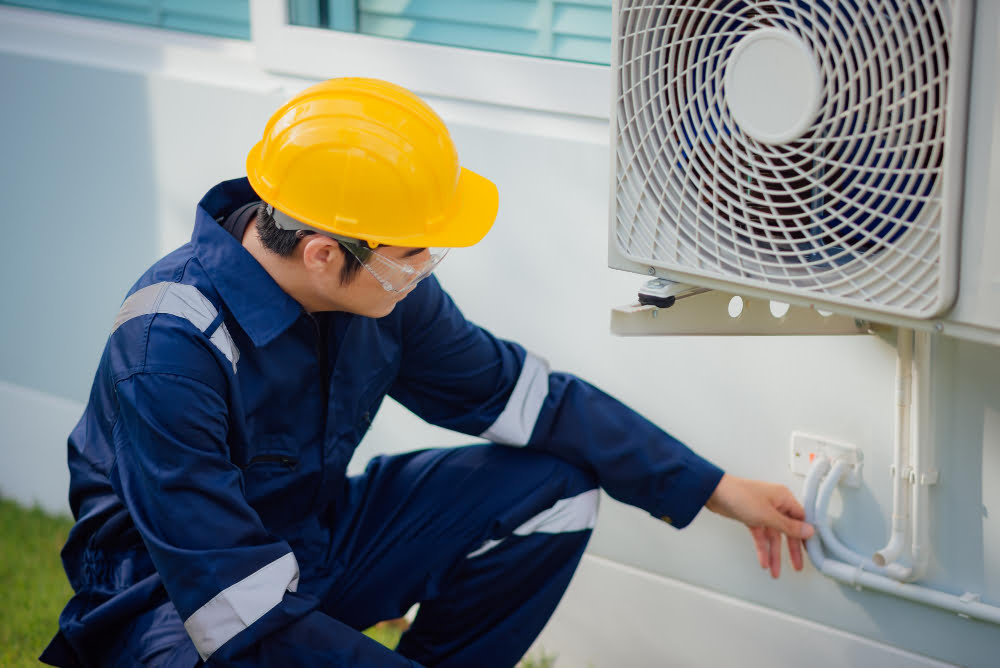
The Energy Efficiency Paradox is a term used to describe the unintended consequences of making homes more energy-efficient. While reducing energy consumption is good for the environment and our wallets, it can also negatively impact indoor air quality.
This paradox occurs because as we make our homes more airtight to prevent heat loss or gain, we also trap pollutants inside.
As I mentioned earlier, my mother was always reminding us to turn off lights when leaving a room. However, she never realized that her efforts towards saving electricity were contributing positively towards indoor air quality in our home.
Back then, houses were not built with much insulation or sealing materials; hence there was enough natural ventilation from gaps around windows and doors.
Fast forward today; modern homes are designed with tight seals and insulation materials that reduce airflow between indoors and outdoors significantly. As such, any pollutants generated within the house remain trapped inside unless proper measures are taken to improve ventilation systems.
While improving your home’s energy efficiency has many benefits like reduced utility bills and environmental conservation – it’s essential not to overlook its potential negative impacts on indoor air quality if you don’t take appropriate measures like installing mechanical ventilation systems or using low-emission building materials during construction/renovation projects
Sealed Homes: A Double-Edged Sword
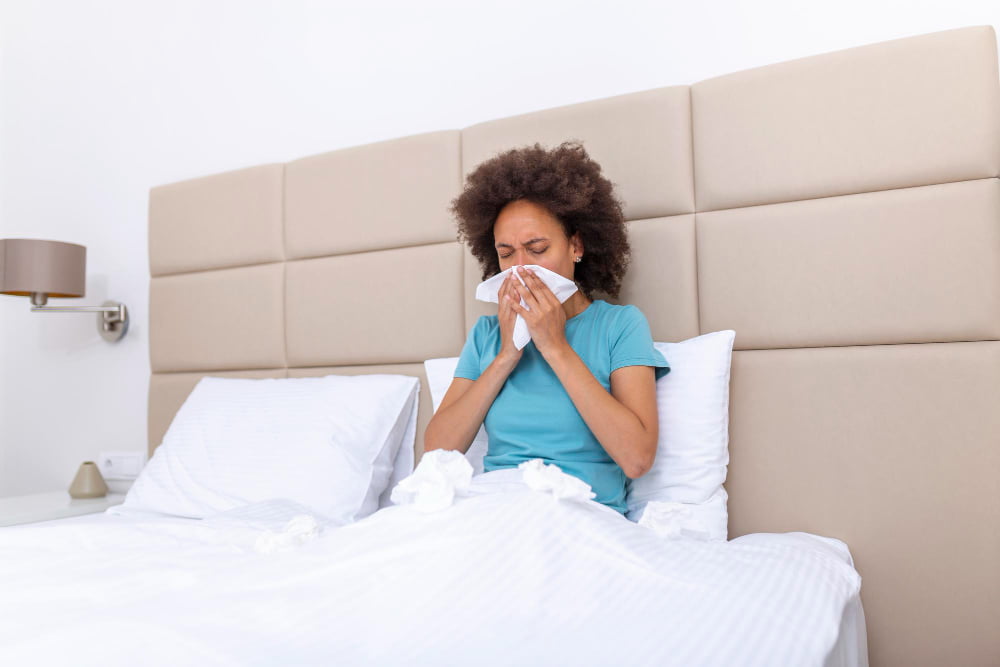
As we strive to make our homes more energy-efficient, one of the most common approaches is sealing them up tightly. While this may seem like a good idea in theory, it can have unintended consequences for indoor air quality.
Sealed homes are a double-edged sword when it comes to indoor air quality. On the one hand, they prevent outdoor pollutants from entering your home and reduce energy waste by keeping conditioned air inside.
However, on the other hand, they also trap indoor pollutants such as dust mites and volatile organic compounds (VOCs) that can be harmful to human health.
When these pollutants accumulate indoors due to poor ventilation caused by tight seals around windows and doors or inadequate airflow through HVAC systems designed for efficiency rather than fresh-air exchange rates; people living in those spaces may experience symptoms such as headaches or respiratory problems over time.
So while making your home more energy-efficient is undoubtedly important for reducing carbon emissions and saving money on utility bills; you must also consider how sealed environments affect your family’s health before implementing any changes that could compromise their well-being.
Ventilation: The Key to Balance
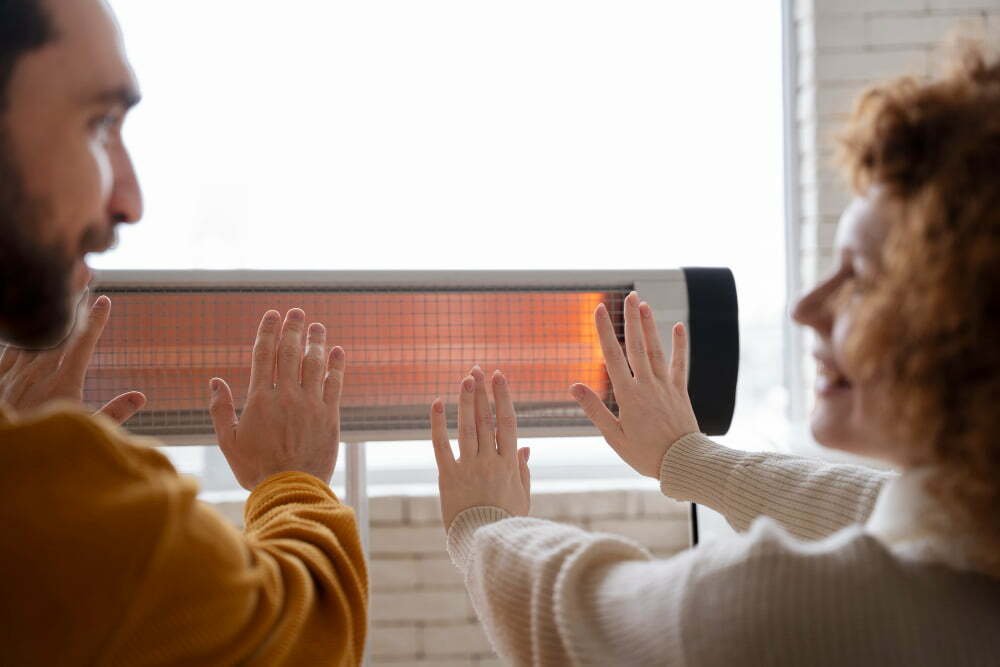
One of the most critical factors in maintaining good indoor air quality is proper ventilation. When we think about energy efficiency, we often focus on sealing up our homes to prevent drafts and keep warm or cool air inside.
However, this can lead to a lack of fresh air circulation and an increase in pollutants such as dust, mold spores, and volatile organic compounds (VOCs) that can build up over time.
Proper ventilation is essential for removing these harmful particles from your home’s indoor environment. It allows for the exchange of stale indoor air with fresh outdoor air while also regulating humidity levels.
There are several ways you can improve your home’s ventilation system without sacrificing energy efficiency. One option is installing a heat recovery ventilator (HRV), which uses outgoing stale indoor air to preheat incoming fresh outdoor airflow during colder months while doing the opposite during warmer months.
Another option is using natural ventilation by opening windows strategically throughout your home at different times of day depending on weather conditions and wind direction.
By finding a balance between energy efficiency measures like insulation and proper ventilation techniques like HRVs or natural airflow methods, you’ll be able to maintain healthy levels of clean breathable oxygen indoors all year round!
HVAC Systems and Air Quality

One of the most significant contributors to indoor air quality in modern homes is the HVAC system. Heating, ventilation, and air conditioning (HVAC) systems are responsible for regulating temperature and humidity levels inside our homes.
However, they can also be a source of indoor air pollution if not properly maintained.
As I grew older and started living on my own, I realized that maintaining an energy-efficient home goes beyond just turning off lights when leaving a room. It involves ensuring that your HVAC system is running efficiently to improve both energy efficiency and indoor air quality.
Dirty filters or ducts in an HVAC system can lead to poor airflow resulting in increased humidity levels which create ideal conditions for mold growth. Poorly maintained systems may circulate dust particles throughout your home leading to respiratory problems such as allergies or asthma attacks.
To ensure optimal performance from your HVAC unit while improving indoor air quality at the same time requires regular maintenance checks by professionals who will clean filters regularly as well as inspecting ductwork for any leaks or damage that could compromise its effectiveness.
It’s essential always to keep up with routine maintenance checks on all aspects of our homes’ heating ventilation & cooling systems so we can enjoy comfortable temperatures without compromising our health due to poor Indoor Air Quality (IAQ).
Smart Home Solutions
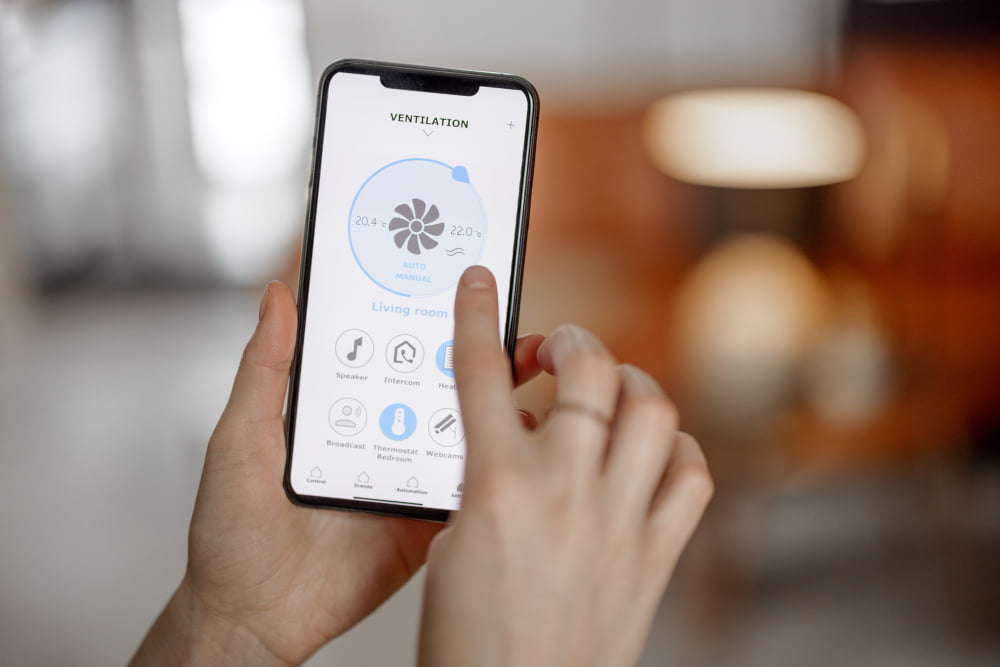
As technology advances, so do our homes. Smart home solutions have become increasingly popular in recent years, allowing homeowners to control their energy usage and indoor air quality with just a few taps on their smartphones.
Smart thermostats are one such solution that can help improve both energy efficiency and indoor air quality. These devices learn your habits and adjust the temperature accordingly, ensuring that you’re not wasting energy when you’re away from home.
They also allow for better ventilation control by regulating humidity levels which can prevent mold growth.
Another smart solution is the use of sensors to monitor indoor air quality levels such as carbon dioxide (CO2), volatile organic compounds (VOCs), and particulate matter (PM). With this information at hand, homeowners can take action to improve their IAQ by adjusting ventilation or using an air purifier if necessary.
By incorporating these smart solutions into your home’s design, you’ll be able to enjoy improved comfort while reducing your environmental impact. Not only will it benefit your health but it will also save money on utility bills in the long run – something my mother would definitely approve of!
Green Building Materials Impact
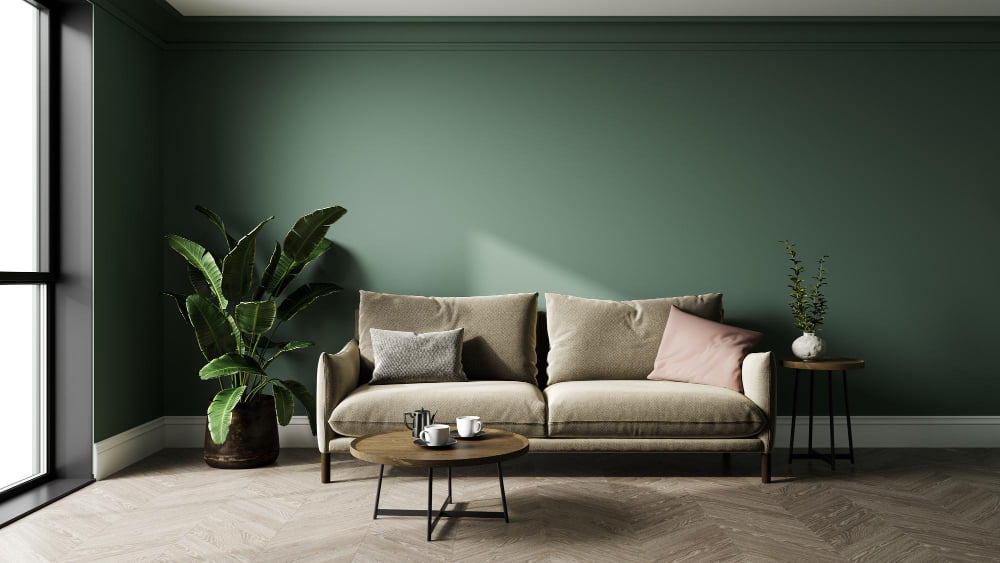
One of the most significant factors that contribute to energy efficiency in modern homes is the use of green building materials. These materials are designed to reduce environmental impact and improve indoor air quality by minimizing harmful emissions from traditional construction products.
As a blogger, I have seen firsthand how using green building materials can positively impact indoor air quality. For example, many conventional paints contain volatile organic compounds (VOCs) that can cause respiratory problems and other health issues when inhaled over time.
However, eco-friendly paints made with natural ingredients like clay or milk protein emit fewer VOCs and are much safer for both humans and pets.
Similarly, insulation made from recycled denim or cellulose fibers is an excellent alternative to fiberglass insulation because it doesn’t release any toxic particles into the air during installation or removal.
By choosing these types of sustainable building products for your home renovation projects, you not only help protect your family’s health but also contribute towards reducing carbon footprint on our planet.
Read Also
- The Role of Air Sealing in Improving Indoor Air Quality and Energy Efficiency
- How Does Insulation Affect Indoor Air Quality?
- How Outdoor Air Quality Affect Indoor Air Quality in High-rise Buildings
- The Role of Ventilation and Air Exchange in Maintaining Healthy Indoor Air
- 9 Ways to Improve Indoor Air Quality During Home Renovations